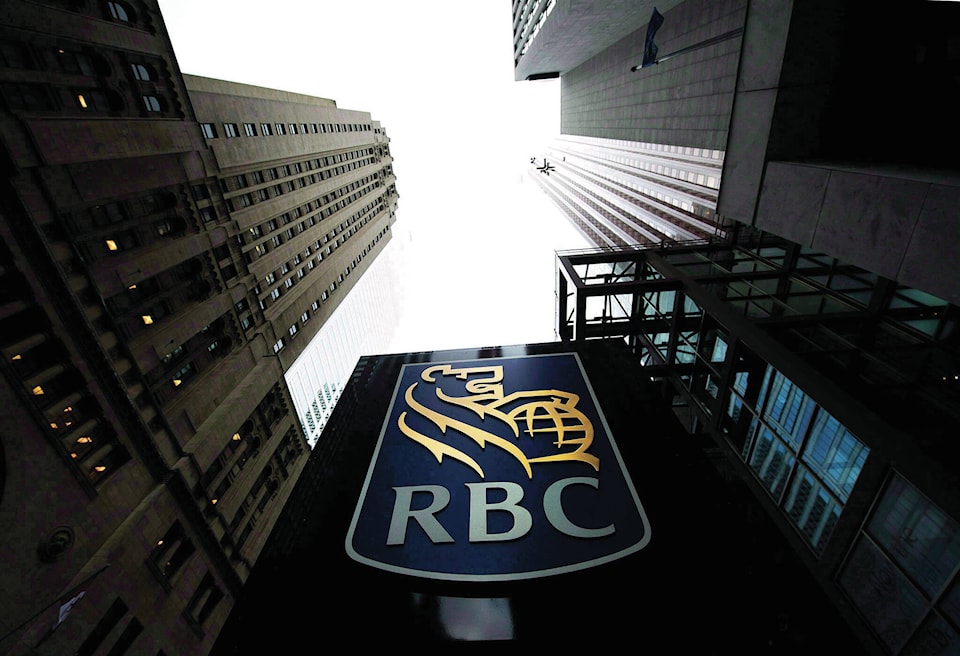Much has been written of the negative impacts of rapidly rising immigration on the housing and the affordability crises and on essential services like healthcare. Now, the negative effect on the economy is being analyzed, and a previously unfamiliar term is appearing to describe it – “population trap”.
Appropriately, two economists from the National Bank of Canada (NBC) begin a report on the topic with Oxford’s definition: “Population trap: A situation where no increase in living standards is possible, because the population is growing so fast that all available savings are needed to maintain the existing capital-labour ratio.” (The capital-labour ratio is the ratio of capital employed to labour employed.)
Predictably, if the machinery and equipment employed grows relative to the labour employed, the labour productivity or efficiency of the economy increases and living standards typically rise. But when the capital-labour ratio fails to keep pace with a rapidly rising population, living standards or GDP per capita cannot improve. That is the “trap”. In Canada currently, as immigration surges, the capital-labour ratio has actually been declining, and living standards have been following.
To be clear, Canada legitimately needs immigrants. We have a shortage of workers in critical sectors. The healthcare sector is struggling to find adequate numbers of nurses and doctors. Similarly, a shortage of trades workers is hampering the home construction industry. And an aging workforce creates the need for additional workers. But extreme population growth kills healthy economic expansion.
The federal government greatly ramped up immigration rates and the admission of temporary residents as the pandemic waned, but did not reduce the rates as the economy slowed and as the housing and affordability crises peaked. The Liberals casually continue to admit newcomers at exceptional levels.
Population growth, the two NBC economists note, surged to 825,000 in 2022 and over 1.2 million people in 2023, more than double the rate of 2020. The growth was largely composed of permanent immigrants and temporary workers and students. (Prior to 2022, population growth in excess of 600,000 had not been seen since 1949 when Newfoundland joined Canada.) Population growth in 2023 was a hefty 3.2 times higher than the average of the Organization of Economically Developed Countries (OEDC).
The 2022 and 2023 surges are unprecedented. The NBC report observes “current population growth appears extreme” in relation to the absorptive capacity of Canada’s economy and considering our demographics are similar to the OECD average. The report says the absorption challenge is most evident in housing, where the housing supply deficit in 2023 more than doubled the historic average.
The NBC notes that population is growing so fast, we don’t have enough savings to stabilize the capital-labour ratio or to grow GDP per capita. “Simply put, Canada is in a population trap for the first time in modern history.” The non-residential capital stock to population ratio has been falling for seven years, and is no higher than in 2012. At the same time, the U.S. ratio continues to climb to record levels.
“We currently lack the infrastructure and capital stock in this country to adequately absorb current population and improve our standard of living,” concludes the NBC report. A population trap is typically suffered by less developed countries. It apparently exists now in no other developed country.
To escape the trap and our shocking position amongst the least developed countries on the globe, population expansion must be trimmed immediately. The National Bank economists believe that population growth should be slashed to 300,000 to 500,000 people. Whether it will be possible to reduce it that aggressively, considering the ongoing shortage of workers in some sectors, is uncertain.
But one thing is certain. The Liberal government has created an economic predicament not experienced within the living memory of most Canadians. If the government does not respond appropriately – it has not reacted to most economic problems in a timely, effective manner – economic conditions may continue to deteriorate, along with housing and healthcare availability.
Beyond the numbers, Canada must refocus on admitting highly skilled immigrants and workers, as was the case for decades before the Trudeau government came to power. Admitting substantially fewer residents and a larger proportion of highly skilled residents will free Canada from the population trap and assist our return to prosperity. That, in theory, seems uncomplicated. Still, it is unlikely that the economically-challenged Liberals can deliver.
Canadian Press recently obtained a document public servants provided to the government two years ago. It explained that rapid growth of permanent and temporary residents “put pressure on healthcare and housing affordability,” and that increasing numbers of working age residents had “little [positive] impact on GDP per capita.” The message was directed to the Deputy Minister of Immigration, Refugees and Citizenship Canada and others in plain, direct language that even the government should have been able to grasp.
The Liberals then proceeded to admit over two million new residents in just two years.
bruce
Bruce W Uzelman, based in Kelowna, holds interests in economics and political science.
